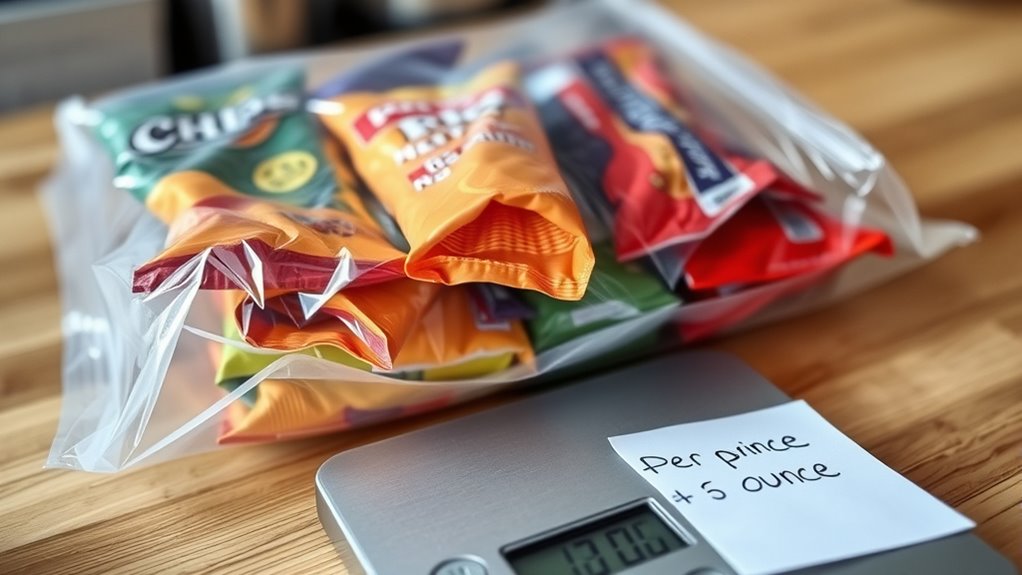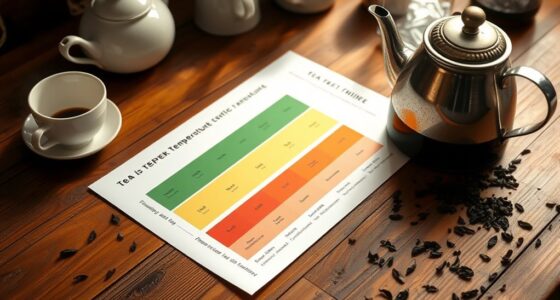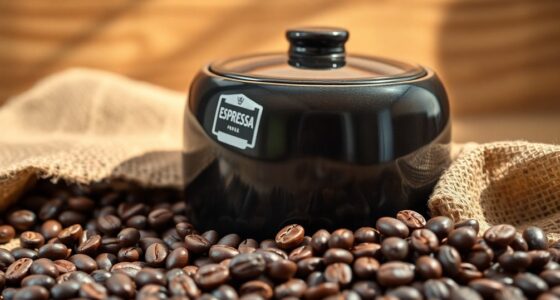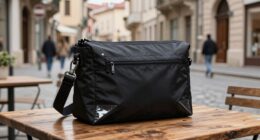To calculate the price per ounce, divide the total price of the product by its ounces. For example, if a 16-ounce jar costs $4, then $4 ÷ 16 = $0.25 per ounce. Comparing these unit prices helps you find the most economical option. Paying attention to labels and doing simple math guarantees you get the best value. Keep going, and you’ll discover how to make smarter shopping choices using this helpful method.
Key Takeaways
- To find the price per ounce, divide the total price by the number of ounces in the package.
- Use the formula: Price per ounce = Total price ÷ Number of ounces.
- Comparing unit prices helps identify the most economical option across different package sizes.
- Ensure accurate calculations by using consistent units and rounding appropriately.
- Check labels for the listed price per ounce to quickly compare products during shopping.
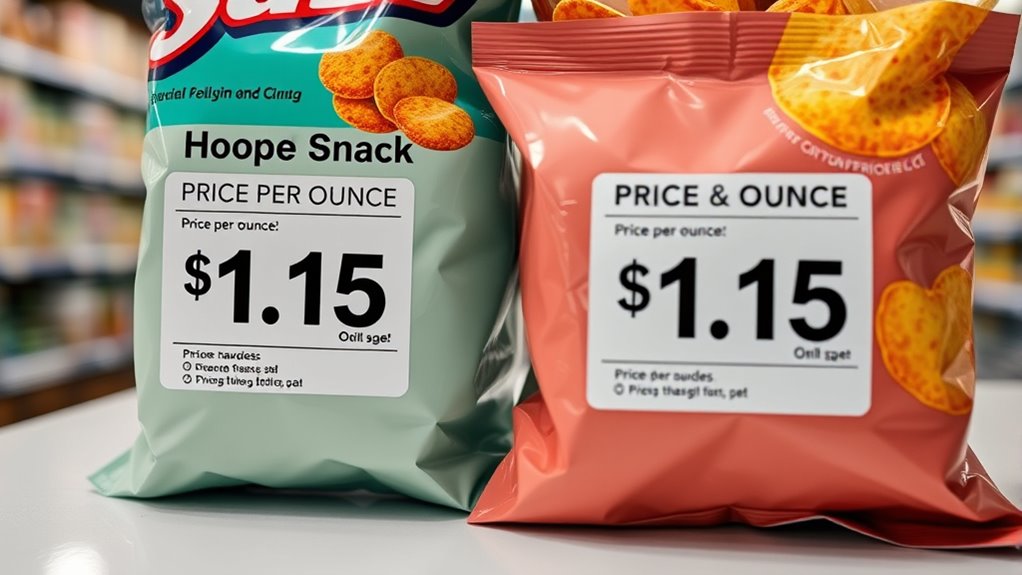
Unit pricing helps you compare the true cost of products by showing the price per unit, whether it’s per ounce, pound, or liter. This simple tool reveals the real value behind different sizes and brands, making it easier to decide which option saves you the most money. When shopping, you might notice that some items come with bulk discounts or packaging variations, which can influence the overall price and value. Understanding how to calculate and interpret unit prices helps you take full advantage of these options.
Unit pricing reveals the true value of products by showing cost per unit, helping you make smarter shopping choices.
Being aware of vetted products for safety and effectiveness ensures that the items you choose are trustworthy and suitable for your needs. Bulk discounts are a common way retailers encourage you to buy more at once. They often offer larger quantities at a lower price per unit, which can be a great deal if you use the product regularly. For example, buying a larger container of cereal or a bigger bag of rice might seem costly upfront, but when you compare the price per ounce or pound, you’ll see the savings add up. However, it’s important to evaluate your needs and storage space because buying in bulk isn’t always practical unless you’re confident you’ll use everything before it spoils or expires.
Packaging variations also play a significant role in unit pricing. Different brands or sizes might be packaged differently, affecting the cost per unit. Sometimes, a smaller package might seem more affordable, but when you look at the unit price, a larger size could be cheaper overall. Conversely, a smaller package might be more convenient if you’re trying a new product or only need a small amount. Always check the unit price label, which is usually listed on store shelves, to compare options accurately. Keep in mind that packaging variations can sometimes be misleading if the labels are not clear or if the packaging is designed to make smaller sizes appear more appealing.
To make the most of unit pricing, you need to develop the habit of reading labels carefully. Look for the price per ounce, pound, or liter, depending on the product. This allows you to compare different brands, sizes, and packaging options objectively. When you see a deal that offers a lower price per unit, it’s often worth considering, especially if it aligns with your needs. Remember, the goal isn’t just to buy the cheapest option but to find the best value for your money. By mastering the math of price per unit and understanding how bulk discounts and packaging variations influence costs, you’ll shop smarter and save more in the long run.
Frequently Asked Questions
How Do I Compare Unit Prices Across Different Packaging Sizes?
To compare unit prices across different packaging sizes, you should look at the price per ounce or unit, which helps you account for packaging differences and avoid being misled by price fluctuations. Check the unit price labels on the labels or shelf tags, and choose the option with the lowest cost per ounce. This way, you get the best deal, regardless of larger or smaller packages.
What Symbols or Labels Indicate Unit Pricing on Store Shelves?
Think of store shelves as a treasure map, where symbols guide you to savings. Look for small, colored pricing labels or price tags that display the unit price per ounce. These labels often have a tiny number next to a symbol like “$/oz” or “per ounce.” Spotting these clues helps you compare costs directly, turning shopping into a clever quest for the best deal.
Does Unit Pricing Include Discounts or Sales Prices?
Yes, unit pricing often includes discounts or sales prices. Stores usually update the unit price labels to reflect discounts, helping you compare deals effectively. Keep in mind that discount policies and sales strategies can change frequently, so always check if the new price still shows the correct unit cost. This way, you can make informed decisions and get the best value, even during sales events.
How Accurate Is Unit Pricing When Items Are Sold in Bulk?
Ever wonder how reliable unit pricing is when you buy in bulk? It’s generally accurate for comparing prices because it accounts for bulk discounts, helping you spot the best deal. However, pricing accuracy can sometimes vary if the store rounds prices or if discounts aren’t applied consistently. Always double-check the unit price on bulk items to make sure you’re truly getting the savings you expect.
Can Unit Pricing Help Me Identify the Best Value for My Money?
Yes, unit pricing can help you identify the best value for your money. By comparing the cost per ounce, you can see which items offer better deals, making it easier to stick to your budget. Incorporate this pricing strategy into your budget shopping routine to maximize savings. It’s a simple yet effective way to make smarter purchasing decisions and guarantee you’re getting the most for your money every time you shop.
Conclusion
Now that you know how to crack the code of unit pricing, you’re armed with a treasure map to smarter shopping. Think of it as your personal compass, guiding you through aisles of uncertainty to find the hidden gems—best deals lurking beneath the surface. With this knowledge, every purchase becomes a victory dance, turning the shopping maze into a well-lit path. Step confidently, and let your newfound skills transform you into a savvy savings superhero!
